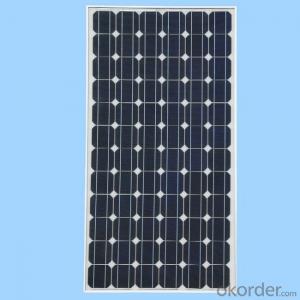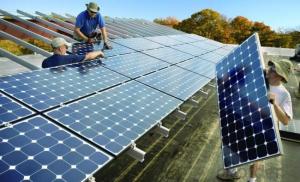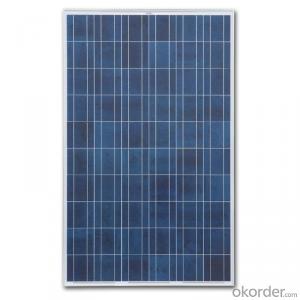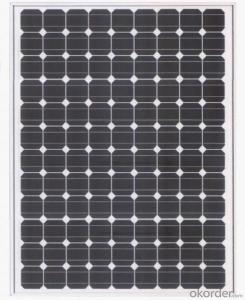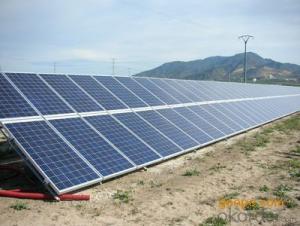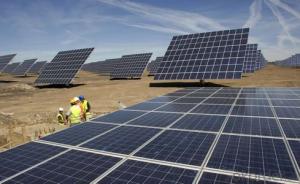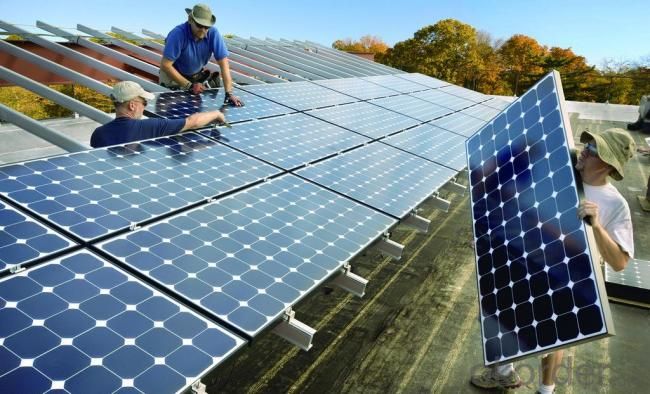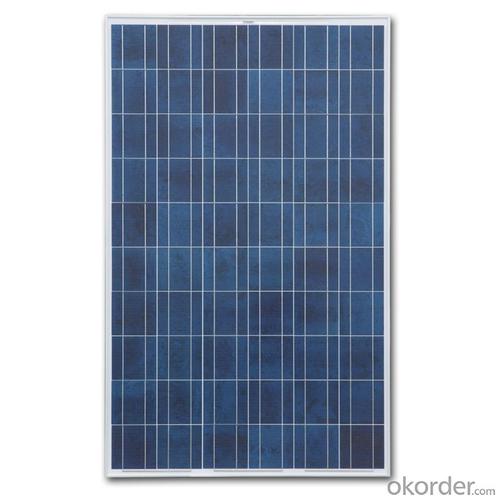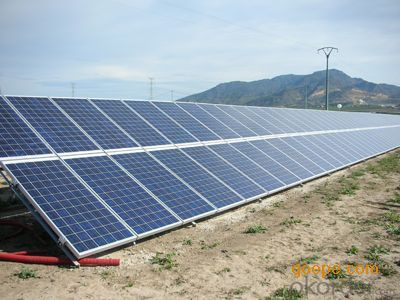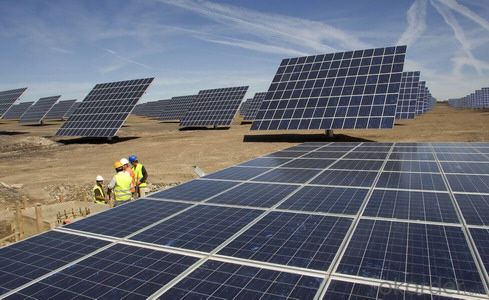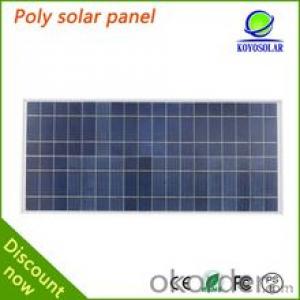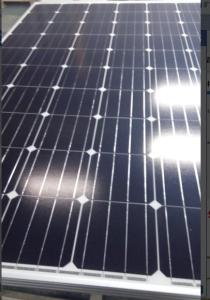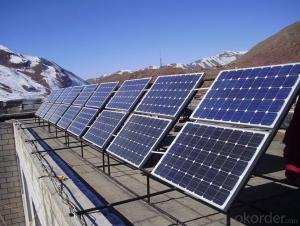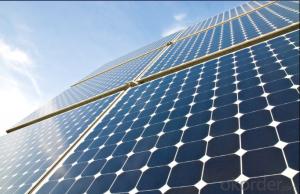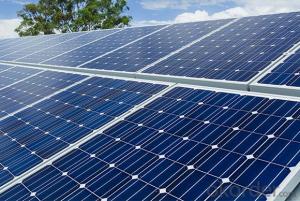Gallium Arsenide Solar Cells for Sale - CNBM Mono Crystalline Silicon Solar Modules
- Loading Port:
- Shanghai
- Payment Terms:
- TT OR LC
- Min Order Qty:
- 11 watt
- Supply Capability:
- 111111 watt/month
OKorder Service Pledge
OKorder Financial Service
You Might Also Like
1.Structure of Solar Module Description
The solar module is an off-gird solar power generator, designed to provide stable and reliable electricity to homes and communities without access to grid electricity or to those regions where are short of power or even without power. The solar module is convenient to move, easy to set-up with reliable performance, making it ideal for situations where emergency power is required. It is an ideal & reliable energy source for a wide variety of applications, ranging from lighting , radios, fans ,televisions ,computers ,refrigerator. The USB port is compatible with all 5V-USB charged devices. It can also act as a back-up power source during emergency situations.
2.Main Features of the Solar Module
1).High conversion efficiencies resulting in superior power output performance.
2).Outstanding power output even in low light or high temperature conditions
3).Optimized design for ease of soldering and lamination
4).Long-term stability,reliability and performance
3.Solar Module Images
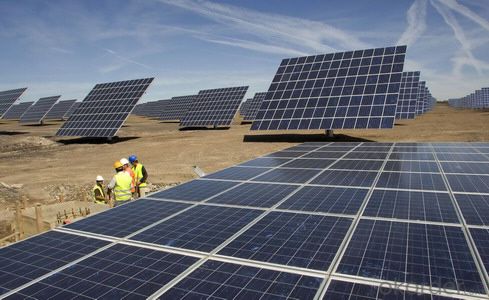
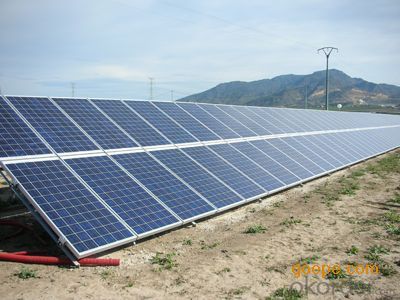
4.Solar Module Specification
| Monocrystalline solar module | ||||||||
| Model No | Power(W) | Module Size(mm) | Vmp(V) | Imp(A) | Voc(V) | Isc(A) | Master Carton size(mm) | Weight(N.W/kgs) |
| YG-NZ10 | 10 | 350x280x18 | 18 | 0.59 | 21.4 | 0.73 | 370x300x120 | 1.5 |
| YG-NZ15 | 15 | 296x400x18 | 18 | 0.88 | 21.4 | 1.02 | 316x420x50 | 2 |
| YG-NZ20 | 20 | 550x345x25 | 18 | 1.17 | 21.4 | 1.31 | 570x365x60 | 2.5 |
| YG-NZ30 | 30 | 520x520x25 | 18 | 1.75 | 21.4 | 1.89 | 540x540x60 | 3 |
| YG-NZ35 | 35 | 2.04 | 21.4 | 2.18 | ||||
| YG-NZ40 | 40 | 530x670x35 | 18 | 2.45 | 21.4 | 2.59 | 550x690x80 | 4.5 |
| YG-NZ45 | 45 | 2.62 | 21.4 | 2.76 | ||||
| YG-NZ50 | 50 | 2.91 | 21.4 | 3.05 | ||||
| YG-NZ60 | 60 | 770x670x35 | 18 | 3.49 | 21.4 | 3.63 | 790x690x80 | 6 |
| YG-NZ65 | 65 | 3.77 | 21.4 | 3.91 | ||||
| YG-NZ70 | 70 | 1000x530x35 | 18 | 4.07 | 21.4 | 4.21 | 1020x570x80 | 8 |
| YG-NZ80 | 80 | 1200x550x35 | 18 | 4.66 | 21.4 | 4.8 | 1220x570x80 | 9 |
| YG-NZ90 | 90 | 5.24 | 21.4 | 5.38 | 1220x570x80 | 9.5 | ||
| YG-NZ100 | 100 | 1070x680x30 | 18 | 5.82 | 21.4 | 5.96 | 1090x700x70 | 8.5 |
| YG-NZ120 | 120 | 1480x660x35 | 18 | 6.98 | 21.4 | 7.12 | 1500x680x80 | 12 |
| YG-NZ135 | 135 | 7.85 | 21.4 | 7.99 | 1500x680x80 | 12.5 | ||
| YG-NZ150 | 150 | 1480x680x35 | 18 | 8.73 | 21.4 | 8.87 | 1500x700x80 | 13 |
| YG-NZ180 | 180 | 1580x808x40 | 36 | 5.22 | 40.32 | 5.36 | 1600x828x90 | 18 |
| YG-NZ220 | 220 | 1630*990*40 | 36 | 6.38 | 40.32 | 6.52 | 1650x1010x90 | 19 |
| YG-NZ230 | 230 | 1632*986*40 | 36 | 6.67 | 40.32 | 6.81 | 1652x1006x90 | 19 |
| YG-NZ260 | 260 | 1946*986*50 | 36 | 7.54 | 40.32 | 7.68 | 1966x1006x110 | 23 |
5.FAQ of Solar Module
1). Q: Are you a factory or trading company?
A: We are a factory.
2). Q: Where is your factory located? How can I visit there?
A: Our factory is located in Jiangyin, Jiangsu, China, near Shanghai. You are warmly welcomed to visit us!
3). Q: How can I get some samples?
A: Please connect me for samples
4). Q: Can the price be cheaper?
A: Of course, you will be offered a good discount for big amount.
- Q: Can solar cells be used on vehicles?
- Yes, solar cells can be used on vehicles. They can be integrated into the design of cars, buses, boats, and even planes to harness solar energy and provide power for various vehicle functions such as charging batteries, running electrical systems, or even powering the entire vehicle. This helps reduce reliance on fossil fuels, lowers emissions, and promotes sustainable transportation.
- Q: Can solar cells be used in space satellites?
- Yes, solar cells can be used in space satellites. In fact, solar cells are commonly used in satellites to generate electricity from the sunlight in space. These cells convert sunlight into electrical energy, which is then used to power various systems and instruments onboard the satellite.
- Q: What is the typical size and weight of a solar cell?
- The typical size of a solar cell ranges from a few square centimeters to several square meters, depending on its application. In terms of weight, solar cells are generally lightweight, weighing anywhere from a few grams to a few kilograms, again depending on their size and technology.
- Q: Can solar cells be used for off-grid living?
- Yes, solar cells can be used for off-grid living. Solar panels can generate electricity from sunlight, which can then be used to power various appliances and devices in a home or building. This eliminates the need for being connected to the traditional power grid, making it a sustainable and independent energy solution for off-grid living.
- Q: What is the impact of partial shading on solar cell performance?
- Partial shading can have a significant negative impact on solar cell performance. When a portion of the solar panel is shaded, the shaded cells produce less electricity, which can decrease the overall energy output of the system. This is due to the fact that shaded cells create a "bottleneck" effect, limiting the flow of current through the shaded area and affecting the entire series-connected cells. Additionally, partial shading can result in hotspots, leading to potential damage to the solar cells and reducing their overall lifespan. Therefore, it is crucial to design solar systems effectively and minimize any potential shading to maximize energy production.
- Q: Can solar cells store energy for later use?
- No, solar cells cannot store energy for later use. They convert sunlight directly into electricity in real-time and do not have the capability to store the generated energy.
- Q: What is the effect of dust or dirt on solar cell performance?
- The presence of dust or dirt on solar cell surfaces can significantly decrease their performance by reducing the amount of sunlight reaching the cells and interfering with the efficient transfer of electrons. This can lead to a decrease in the overall power output of the solar system. Regular cleaning and maintenance are essential to ensure optimal performance and maximize energy production.
- Q: How do solar cells perform in areas with high levels of air humidity?
- Solar cells typically perform less efficiently in areas with high levels of air humidity. This is because the moisture in the air can create a barrier that reduces the amount of sunlight reaching the cells, thus decreasing their overall performance. Additionally, the moisture can cause corrosion and damage to the cells over time, further impacting their efficiency. However, advancements in solar cell technology are continually being made to address these issues and improve their performance in humid environments.
- Q: What is sun cells technology?
- Sun cell technology is a advanced high power generation technology based on how the sun works on our daily life. It utilizses sun power to generate different powers in the technical way (mostly by using silicon as a transimmiter) to generate energy, and use it in our daily work and life.
- Q: How does the solar cell work properly?
- The material which is used to absorb the energy from sunshine should be silicon.
Send your message to us
Gallium Arsenide Solar Cells for Sale - CNBM Mono Crystalline Silicon Solar Modules
- Loading Port:
- Shanghai
- Payment Terms:
- TT OR LC
- Min Order Qty:
- 11 watt
- Supply Capability:
- 111111 watt/month
OKorder Service Pledge
OKorder Financial Service
Similar products
Hot products
Hot Searches
Related keywords
